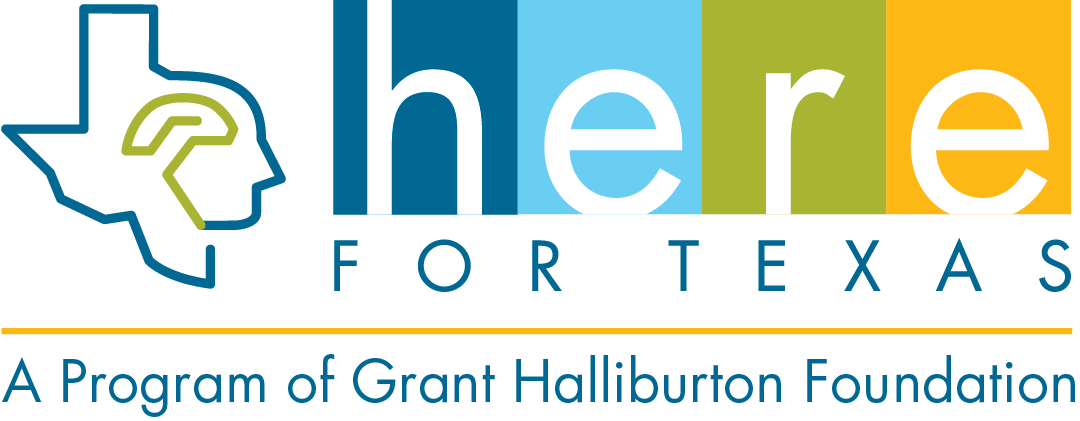Brain Stimulation Therapies
In addition to medication, psychotherapy, and psychosocial treatments, several types of brain stimulation therapies offer valuable tools for managing and treating some mental disorders.
These interventions involve touching or activating the brain using electricity, magnets, or implants. Electroconvulsive therapy (ECT) is the most researched and effective stimulation therapy and has the longest history of use. Two other stimulation therapies – repetitive transcranial magnetic stimulation (rTMS) and biofeedback – can also be helpful treatment strategies.
+ Electroconvulsive Therapy (ECT)
Electroconvulsive therapy (ECT) is a procedure in which a brief application of electric stimulus is used to produce a generalized seizure. The seizure causes activation of neurons throughout the brain, which appears to produce many changes in its chemistry and functioning. In some illnesses, ECT can be up to 90 percent effective in reducing the severity of symptoms of mental illness.
First developed in 1938, electroconvulsive therapy is usually only considered for individuals who require immediate treatment, who cannot be treated with psychiatric medications, or who have not responded to other psychiatric treatments such as medication or psychotherapy.
ECT is particularly valuable in the treatment of severe depression, depression with psychosis, bipolar disorder, and some forms of schizophrenia.
It may be used in life-threatening circumstances because it works significantly faster than other therapies. These may include patients who are suicidal, malnourished as a result of severe depression, or unable to move or respond to the outside world (e.g., catatonic). For some patients who do not improve after multiple medication treatments, ECT may be the only treatment that effectively controls their symptoms. Although “shock therapy” once had a bad reputation, it is one of the most studied, effective treatments for specific severe mental illnesses.
ECT is a relatively safe procedure that’s performed only under the supervision of trained healthcare professionals. However, ECT does come with some risks, including those associated with the procedure and problems with memory that may continue after the treatments end. The cognitive and memory side effects of ECT are usually not permanent.
Most people will have four to six treatments before their symptoms show significant improvement. Most will continue to have regular treatments until their symptoms significantly decrease. After that, some will need maintenance ECT treatments on a less frequent schedule (ranging from once per week to once every few months) to minimize the chance of symptoms reappearing. Frequently, patients who undergo ECT will remain on medication after the ECT treatments to reduce the likelihood of relapse.
+ Repetitive Transcranial Magnetic Stimulation (rTMS)
Repetitive transcranial magnetic stimulation (rTMS) uses a magnet instead of an electrical current to activate the brain. Developed in 1985, rTMS has been studied since the mid-1990s as a treatment for depression, psychosis and other disorders. In October 2008, a specific device that performs TMS, the NeuroStar, was cleared by the FDA for clinical use in treatment-resistant depression.
rTMS is not indicated for individuals who have bipolar disorder, depression with psychosis, or individuals with a high risk of suicide. It cannot be used for patients who have medical devices such as pacemakers and metal implants.
Unlike electroconvulsive therapy (ECT), in which electrical stimulation is more generalized, rTMS can be targeted to a specific site in the brain. The underlying theory is that the resulting electrical currents activate neurotransmitters believed to influence the symptoms of depression, namely serotonin, norepinephrine, and dopamine.
TMS does not require anesthesia or sedation and has no systemic side effects. An electromagnetic coil is held against the forehead, delivering small electromagnetic currents to treat the mood sensory part of the brain. The magnetic field is about the same strength as that of a magnetic resonance imaging (MRI) scan. Generally, the person will feel a slight knocking or tapping on the head as the pulses are administered.
A typical rTMS session is conducted in an outpatient office and lasts 30 to 60 minutes. Usually, patients will undergo the procedure daily for four to six weeks.
+ Biofeedback
Biofeedback is a form of brain wave feedback or applied psychophysiological feedback that can be helpful in treating a variety of psychiatric conditions, most commonly for anxiety. By visibly demonstrating the connection between thoughts and feelings, biofeedback helps people become more aware of their bodies’ responses when they are stressed and anxious. Then, they can learn to control how they respond to those feelings.
A patient-guided treatment, biofeedback teaches an individual to control muscle tension, pain, body temperature, brain waves, and other bodily functions and processes through relaxation, visualization, and other cognitive control techniques. The name biofeedback refers to the biological signals that are fed back, or returned, to the patient in order for the patient to develop techniques for manipulating them.
Biofeedback therapy incorporates several different relaxation exercises. These include:
- Deep breathing
- Guided imagery – focusing intently on a particular image to redirect the mind and release stress
- Sequential muscle relaxation – tightening then relaxing specific muscle groups in order
- Mindfulness meditation – focusing thoughts and letting go of negative emotions
Most often, biofeedback is part of a comprehensive treatment program for mental disorders.
Sources:
National Institute of Mental Health
National Alliance on Mental Illness
Mental Health America
